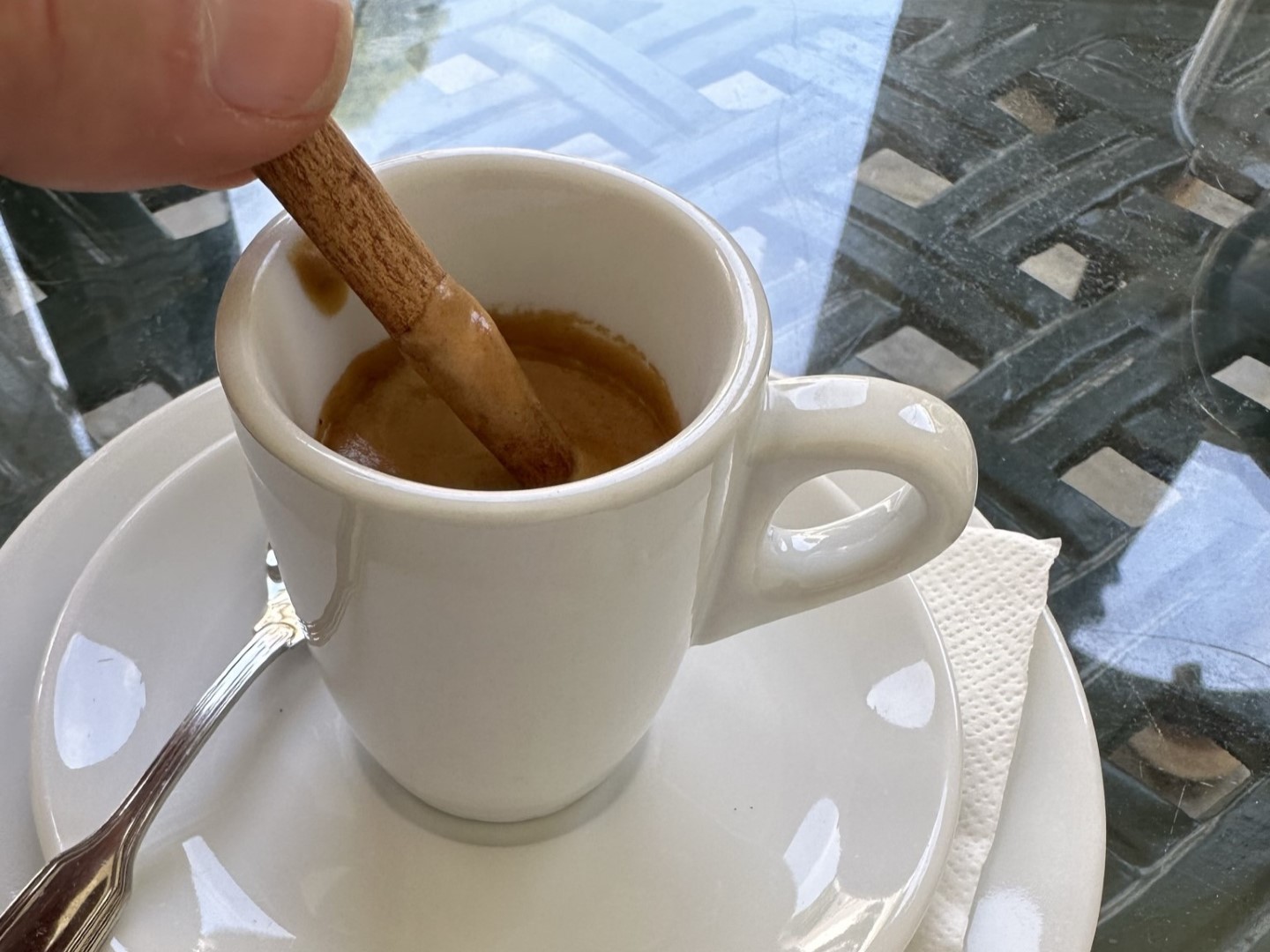From the farmer’s hands to your favorite coffee mug, coffee isn’t just a drink. It’s a globe-spanning tale that has been percolating through cultures and economies for ages. An everyday energizer for many, it’s a source of income for others and even the lifeblood of some societies. The worth of this ubiquitous brew? $100 billion globally, making it second only to oil in terms of traded commodities. So, come along and join me as we journey through the lush landscapes of coffee heartlands in Ethiopia, Colombia, Brazil, and Vietnam; the world’s best coffee regions.
Ever thought about the journey of your morning cuppa joe? Even if you’ve tried creating the perfect espresso at home, it’s essential to appreciate the global voyage your coffee takes. Let’s uncover the secret sauce behind the diverse coffee cultivation methods, sip on some unique brews, and dive into the coffee-infused cultures of these regions.
Ethiopia: The Birthplace of Coffee
Known as the ancestral home of coffee, Ethiopia’s coffee story goes way back. It all started with the coffee plant, Coffea arabica, which is indigenous to Ethiopia’s highlands. It was here that the invigorating effects of the coffee bean were first discovered. Fast forward to today, Ethiopia is the top coffee producer in Africa and holds the fifth rank worldwide for exporting Arabica coffee, making up about a quarter of its total export earnings.
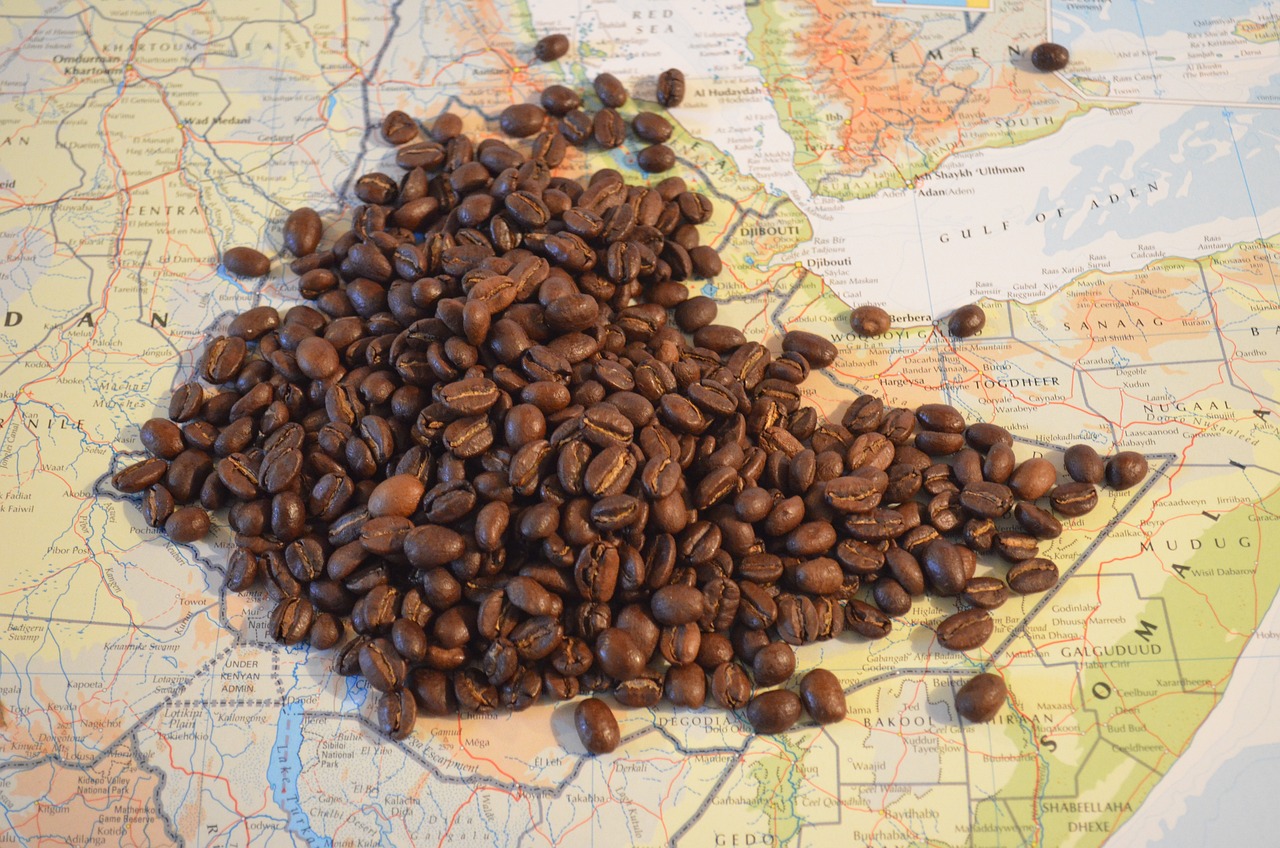
(Photo by John-i on Pixabay.com)
Ethiopia’s Coffee Cultivation Practices
In Ethiopia, growing coffee is an art. Across vast landscapes, unique production systems and growing conditions bring the best out of the beans. Two practices stand out:
- Forest-grown coffee: Picture wild coffee plants flourishing in the shade of forest trees. This forest coffee method is low maintenance, as local communities simply harvest from naturally occurring coffee plants.
- Organic by default: You won’t find much use of pesticides, fungicides, or artificial fertilizers here. So Ethiopian coffee often easily meets and exceeds organic certification standards.
Distinct Flavors of Ethiopian Coffee
Ethiopian coffee is famous for its unique taste – an outcome of the diverse growing regions within the country. Its bright, fruity, and floral flavors are a real treat for your taste buds. Expect to detect notes of berries, citrus, and jasmine due to the high-altitude growing conditions.
Cultural Significance of Coffee in Ethiopia
In Ethiopia, coffee is more than a drink; it’s a time-honored ceremony. The traditional coffee ceremony involves roasting coffee beans, brewing the coffee in a ‘jebena’ (clay pot), and serving it in small cups. It’s a social affair, an occasion for friends and family to connect and share stories.
Coffee also plays a role in major life events like weddings and births, regional celebrations, and as a means to build and sustain relationships within families, friends, and the community.
Travel Tips for Coffee Enthusiasts Visiting Ethiopia
Coffee enthusiasts planning an Ethiopian expedition, here are some tips to ensure a memorable experience:
- Plan your trip between October and January, the dry season when the coffee harvest takes place. Witness the entire production process, from picking to processing.
- Don’t miss the prominent coffee regions like Sidamo, Yirgacheffe, Harar, Nekemte, and Limu. Each region boasts unique coffee profiles and rich coffee cultures.
- Participate in a traditional Ethiopian coffee ceremony for a deep dive into the country’s coffee customs.
Colombia: The Flavorful Andean Coffee
As one of the largest coffee producers globally, Colombia is celebrated for its quality beans and unique flavor. Its coffee industry is mainly comprised of small to medium family-run farms nestled in the beautiful mountains. Colombia’s perfect coffee-growing conditions (think high altitudes, fertile volcanic soil, and mild climate) all contribute to its distinct coffee flavor.
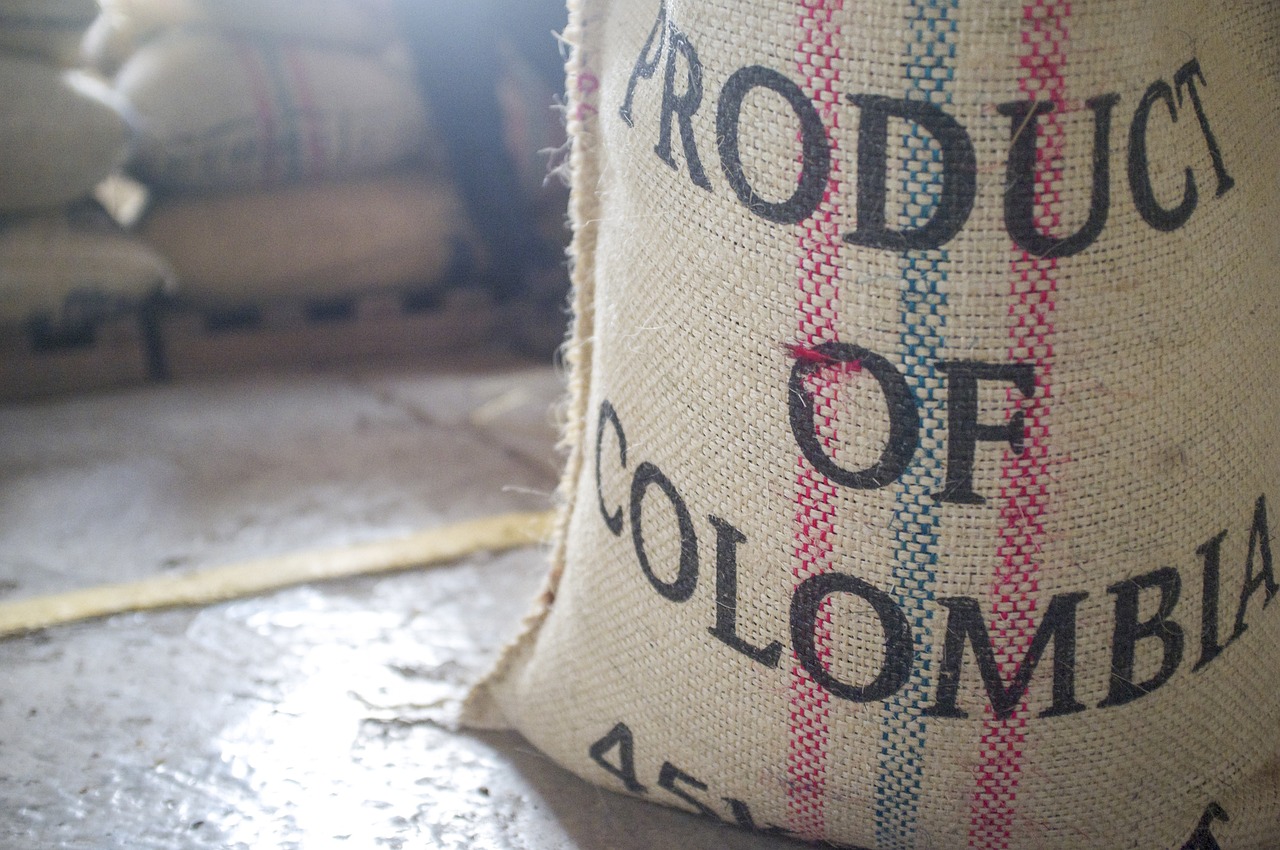
Coffee in Columbia (Photo by Youleks on Pixabay.com)
Unique Coffee Cultivation Practices
In Colombia, coffee is grown at high altitudes, often between 1,200 and 1,800 meters above sea level. This makes it the ideal place to grow Arabica coffee, a crop that has very specific growth requirements. The high-altitude coffee farms, often located in the rugged Andes mountains, contribute to the unique flavor profile of Colombian coffee.
Furthermore, shade-grown coffee is common in Colombia, a practice that enhances the quality of the beans while promoting biodiversity and environmental protection. The natural tree canopy shelters the coffee plants from direct sunlight, maintains soil health, and creates a habitat for diverse wildlife.
A Sip of Colombia
Renowned for its balanced, smooth flavor with a hint of sweetness and a medium body, Colombian coffee often carries notes of chocolate, caramel, and a nutty undertone. The profile can also include fruity flavors and caramel hints, ending with a creamy finish, depending on the bean’s growing region.
Coffee in Colombia’s Culture
In Colombia, coffee is a point of national pride and part of the country’s identity fabric. The coffee industry has shaped the social, economic, and cultural panorama of Colombia, making Colombian coffee a celebrated global icon.
The country’s coffee heritage is honored through various festivals and events like the National Coffee Festival in Manizales and the Coffee Cultural Landscape Festival, where activities like coffee tasting, barista competitions, and parades are the highlights.
Travel Tips when Visiting Colombia
Visiting Colombia? Here are some suggestions for all the coffee aficionados out there:
- A coffee farm tour is a must-do to witness the coffee production process, from seed to cup. You can learn about the unique cultivation practices that make Colombian coffee so special, and even participate in the coffee picking process.
- Engage in a coffee tasting experience. You can sample different varieties of Colombian coffee and learn about the distinct flavors and aromas of coffee from different regions. These tastings often include expert-led sessions on how to properly taste and appreciate coffee.
Brazil: The Coffee Giant
As the world’s largest coffee producer, contributing around one-third of all coffee, Brazil is the undisputed king of coffee. With its size comes a diverse range of coffee bean types, including Arabica and Robusta. The coffee sector plays a major role in Brazil’s economy, providing employment to millions of people in its cultivation, processing, and distribution.
Innovation is at the heart of Brazil’s coffee sector, with ongoing research and development leading to new coffee varieties and improved cultivation techniques.
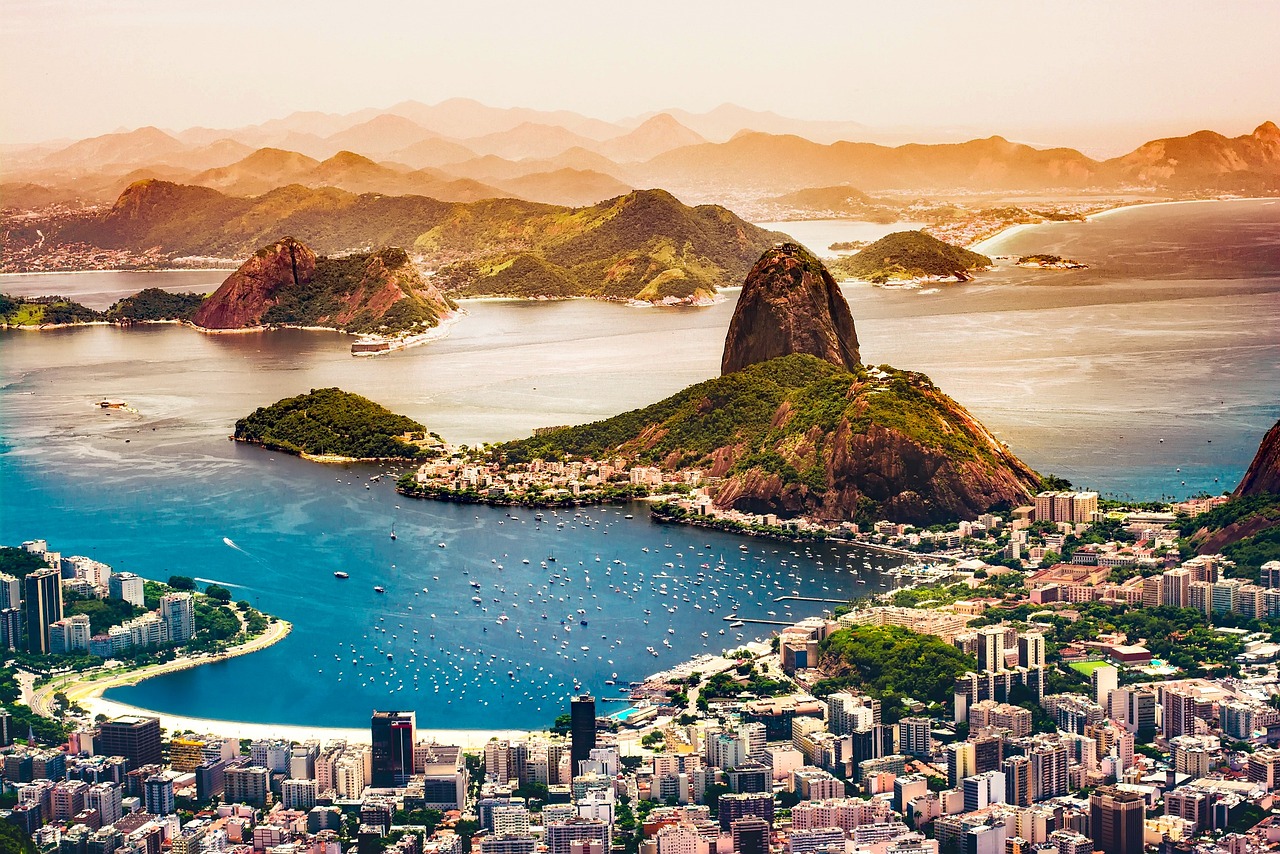
Rio de Janeiro, Brazil (Photo by 12019 on Pixabay.com)
Coffee Cultivation in Brazil
What sets Brazilian coffee apart is its large-scale coffee plantations, or “fazendas,” which can stretch over thousands of hectares. These plantations often use modern farming techniques, including mechanized harvesting, enabling efficient and large-scale production.
Moreover, Brazilian coffee farmers embrace advanced farming methods such as precision agriculture and sustainable farming practices. This includes using cover crops to boost soil health, managing irrigation, and utilizing organic fertilizers.
The Unique Tastes of Brazilian Coffee
What makes Brazilian coffee truly stand out? Imagine sipping on a smooth brew with hints of nuts and chocolate, mellowed by a subtle low-acidic note. This distinct taste is all thanks to Brazil’s balmy climate and the specific strains of coffee that flourish there.
Each coffee-growing region in Brazil offers a distinctive palette. Think of the Cerrado region’s coffee – a full-bodied concoction with a touch of caramel sweetness. Contrast that with the fruity, citric notes of the Sul de Minas coffee. Such a treat!
How Coffee Became a Piece of Brazilian Culture
Coffee is tightly woven into the fabric of Brazil’s history, economy, and society. The “coffee boom” of the 19th and early 20th centuries catapulted Brazil’s economy and sparked urban development, notably in the states of São Paulo and Paraná.
Brazilians are bona fide coffee lovers. Their coffee is typically strong and sweet, served in petite cups. It’s the go-to breakfast item and is enjoyed all day at homes, workplaces, and cafes alike.
Brazil Travel Tips for Coffee Lovers
If you love coffee and you’re planning a trip to Brazil, you’re in for a real treat. The country’s rich coffee culture and history make for a unique exploration.
- Food tourism is booming globally, and in Brazil, the coffee route of Minas Gerais is a must-visit. There, you can tour farms, join in coffee-themed activities, get a firsthand look at the coffee production process, and soak up the rural vibe.
- São Paulo, Brazil’s buzzing metropolis, is a specialty coffee hotspot. It brims with cafes and coffee shops featuring an array of Brazilian and international coffees. Get a feel for the city’s coffee vibe and indulge in some coffee tasting.
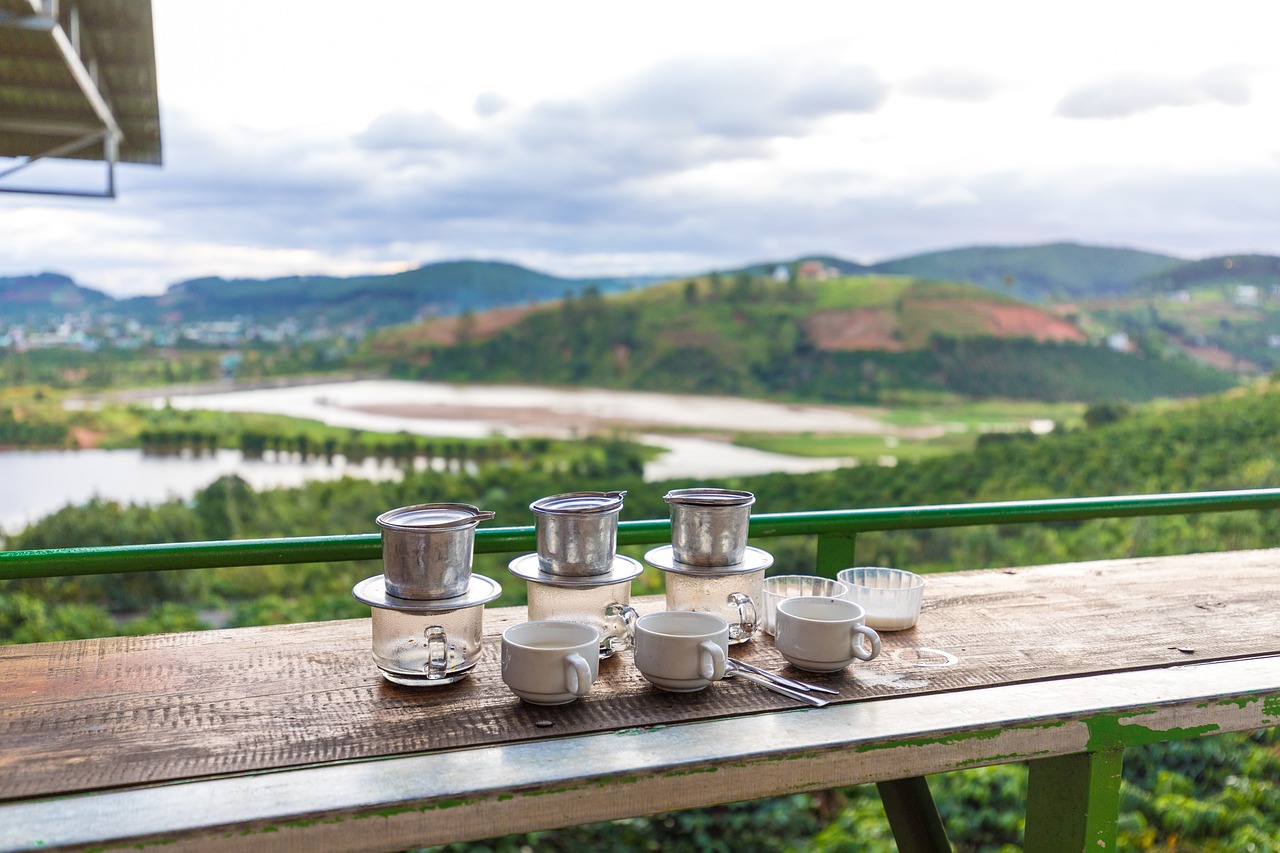
Coffee in Vietnam (Photo by Pfüderi on Pixabay.com)
Vietnam: The Robusta Powerhouse
As the world’s second-largest coffee producer and the top producer of Robusta coffee, Vietnam is a force to be reckoned with. Known for its robust flavor and high caffeine content, Vietnam’s coffee industry has blossomed, with coffee becoming a major agricultural export.
Vietnam’s Unique Approach to Coffee Cultivation
Vietnamese farmers opt for high-yield cultivation practices, planting coffee trees in close proximity and utilizing modern irrigation systems for optimal hydration.
Vietnam has a niche in Robusta coffee production, a variety resilient to pests and diseases compared to Arabica. The climate of Vietnam further favors the growth of Robusta, contributing to its status as the leading producer.
Taste the Boldness of Vietnamese Coffee
Vietnamese coffee is renowned for its strong, gutsy flavor. It’s frequently blended to lend richness and intensity. The coffee is also somewhat oily, adding an unusual texture to the brew. Vietnam also takes pride in its unique coffee drinks like egg coffee (ca phe trung), a mix of whipped egg yolk, condensed milk, and espresso, and coconut coffee (cot dua ca phe), blending coffee, coconut milk, and condensed milk.
The Social Role of Coffee in Vietnam
In Vietnam, coffee goes beyond being a mere beverage—it’s a social ritual. Cafes are popular hangouts, and it’s typical to see people leisurely sipping coffee while engaging in conversations. A special press filter called a phin is used to prepare Vietnamese coffee, resulting in a brew that’s rich in flavor and aroma.
Vietnam Travel Tips for Coffee Enthusiasts
- Many Vietnamese coffee farms offer tours, a fantastic opportunity to delve into the country’s coffee industry and witness the cultivation process.
- There’s an abundance of places in Vietnam to sample different coffee types. Try egg coffee at Cafe Giang or coconut coffee at Cong Ca Phe in Hanoi. Visit The Workshop in Ho Chi Minh City for a taste of its third-wave coffee culture.
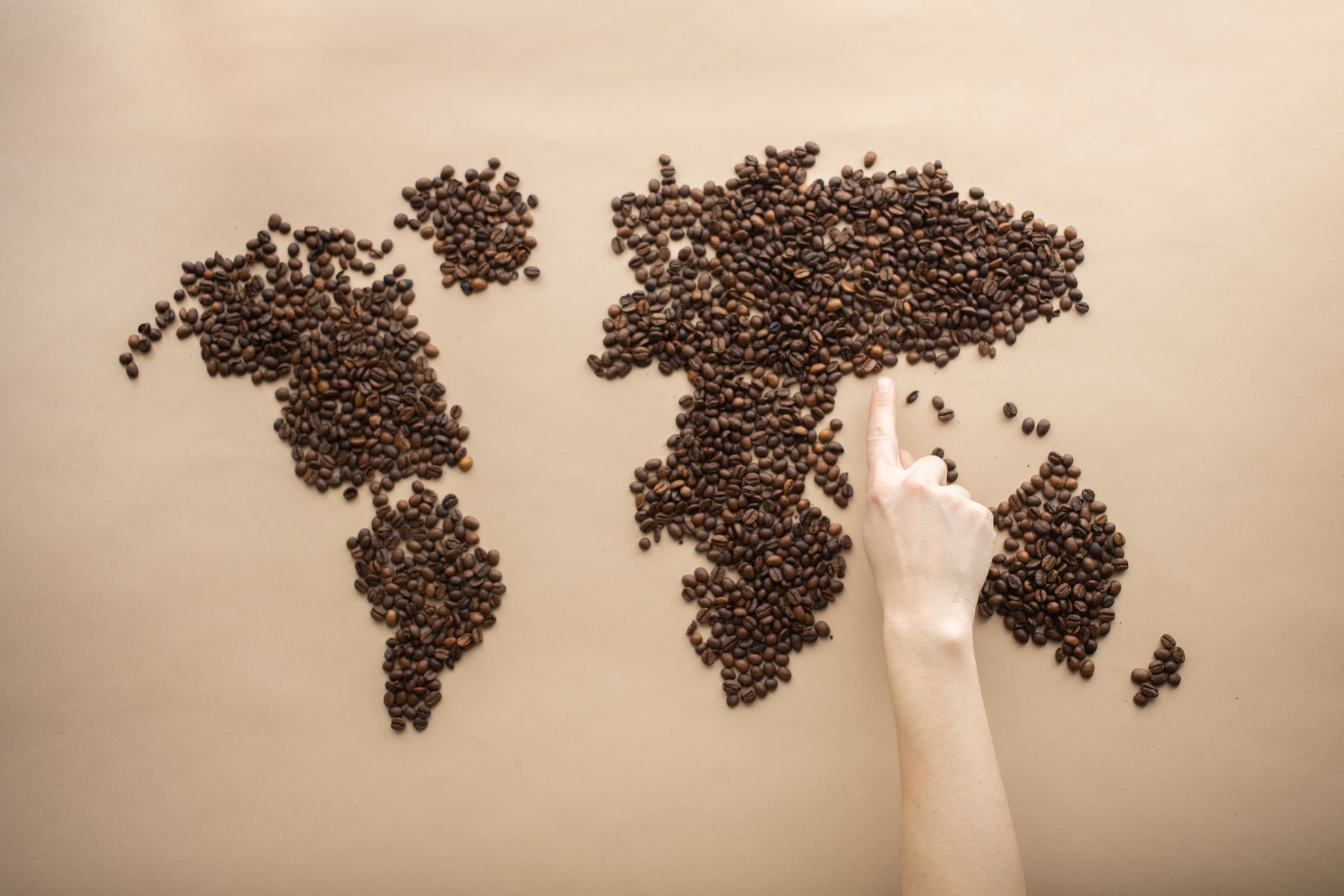
(Photo by Montera on Pexels.com)
Our Tour of Best Coffee Regions
And there you have it! We’ve traversed the coffee-rich landscapes of Ethiopia, Colombia, Brazil, and Vietnam, experiencing their unique coffee cultures, sampling their characteristic flavors, and immersing ourselves in their deep-rooted coffee traditions.
Whether you’re a coffee connoisseur or a curious traveler, these regions are certainly worth adding to your travel bucket list. Not just for the love of coffee, but for the thrill of discovery, knowledge, and global connections. Each coffee cup has its own story to narrate, and these tales await you in Ethiopia, Colombia, Brazil, and Vietnam.
For More:
- On our site: Develop Your Coffee Palate: The Art of Tasting Coffee.
- One our site: We love coffee and we have more coffee articles for you!
-Cover photo by Suju Foto on Pixabay.com.


